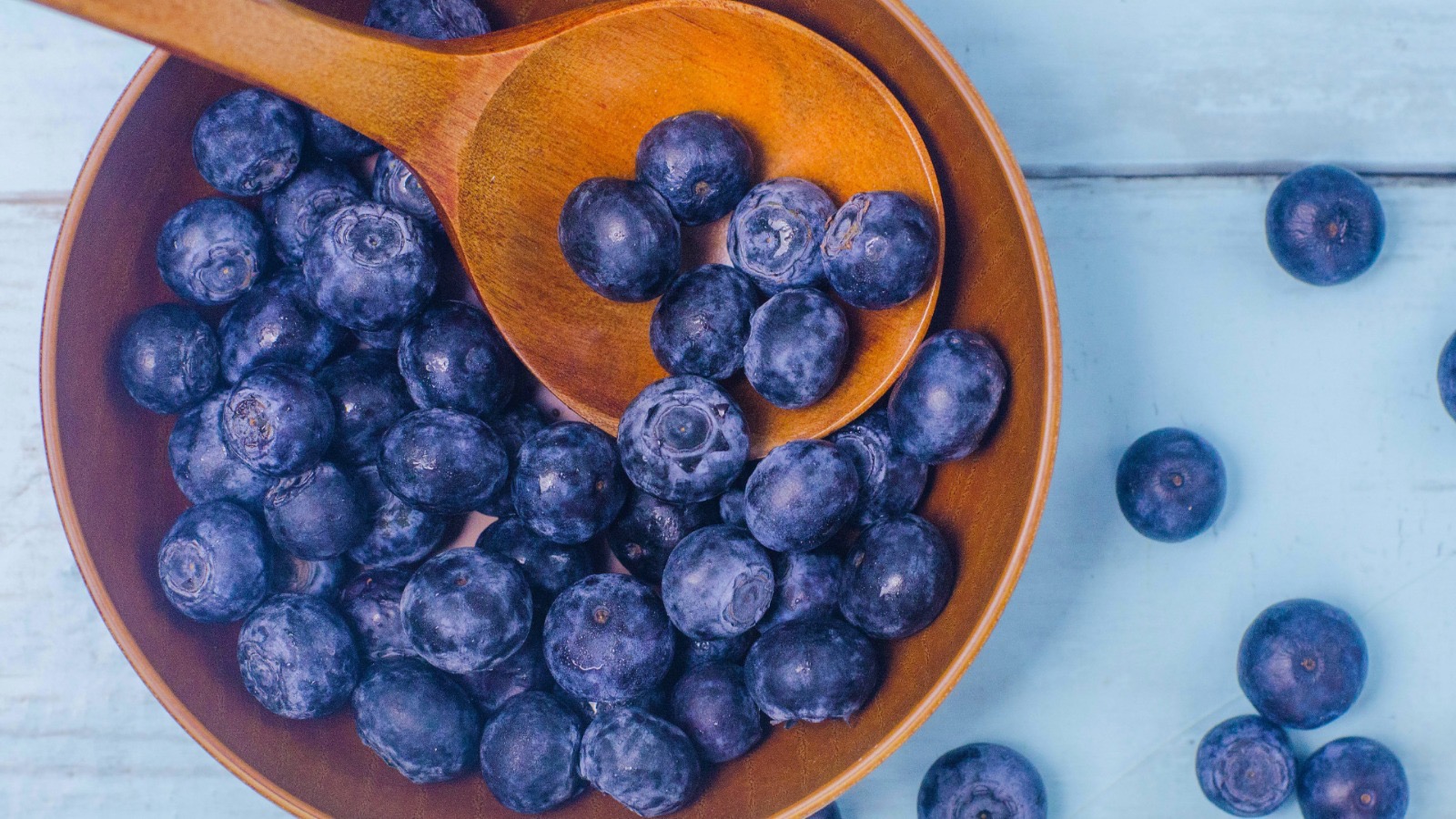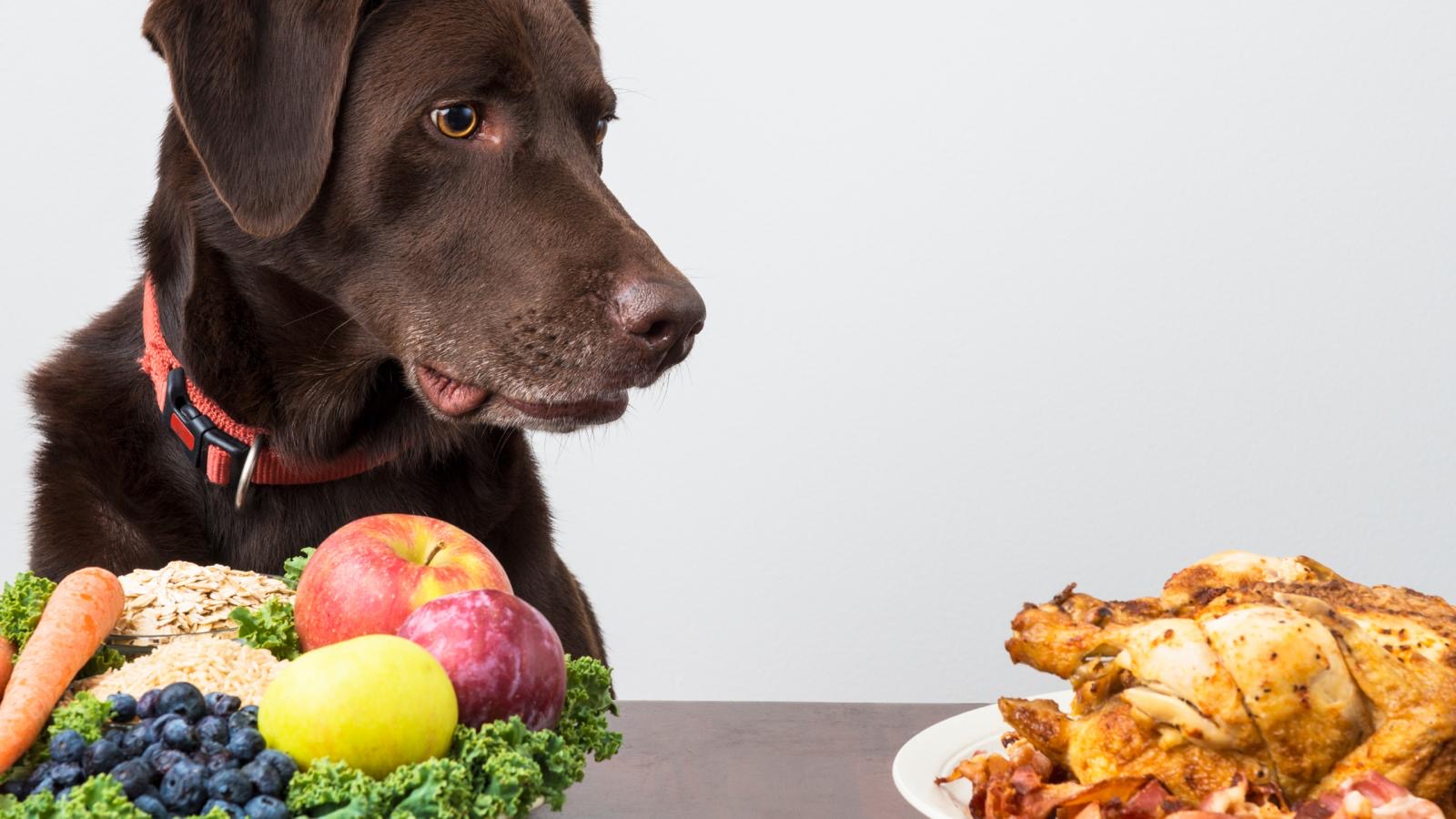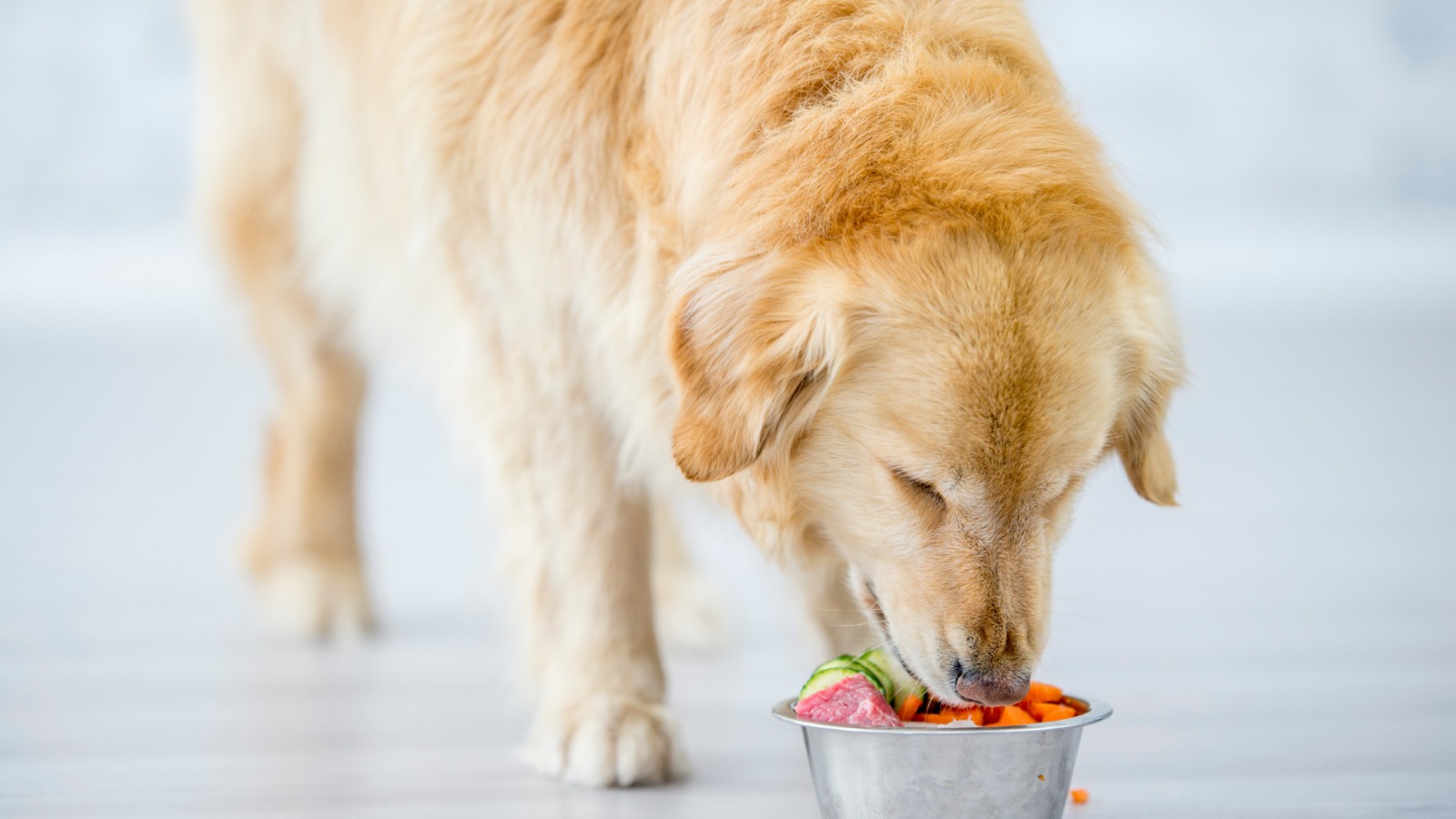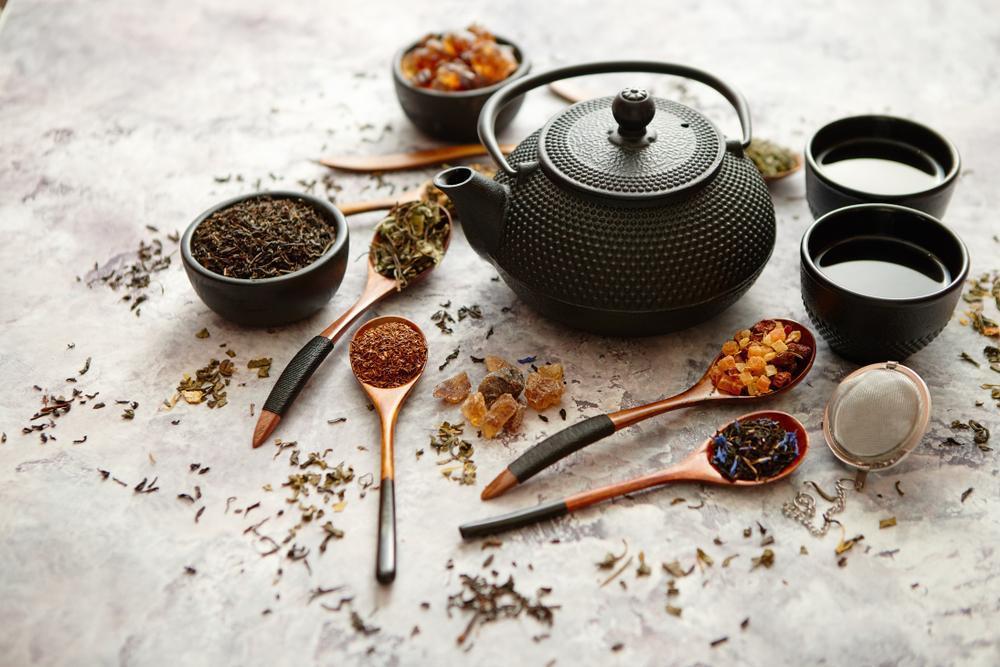Traditional Chinese medicine focuses on healing the root cause of disease; encompassing a range of modalities from herbal medicine, mind-body exercise, acupuncture and of course nutrition.
Nutrition encompasses food energetics which are based on the idea that certain foods have certain profiles and can subsequently be used to change the profile of the body. Yin energy is cold or cool, and there are certain foods which have cooling properties. Yang energy is warm or hot, and there are certain foods which are warming.
There are also neutral foods,which are thought to have little impact on body profile. It is also thought that flavours can act upon certain organ systems and therefore create a desired health benefit. Not only that, but TCM also advocates a seasonal approach to good health. Creating a holistic view of health, it is easy to nod in agreement with many of the TCM ideas, so let’s explore them in a little more detail.
Yin and Yang
Yin Yang theory forms the basis of TCM; the idea that balance is key. When a deficiency exists, it should be toned up. When an excess exists, it should be reduced. If there is too much heat, it should be cooled. When there is too much cold, it should be warmed. If dampness is present, it should be dried and so on.
Yin and Yang is also assigned based on heat signs. Heat and cold can be both deficient and excess; the goal is to be in harmony.
Generally speaking, active, young, and outgoing pets are described as yang. Whereas older, quiet, and shy pets are described as yin.
Some animals will self-regulate, the older quiet yin cat may choose to sleep in a warm window, whereas the young yang,excited puppy might jump in the water to cool off. However, we can help yang animals remained balanced by adjusting the environment. For the yang pet, provide cooling environments and foods. Include plenty of shade, air conditioning,fans, and misting. Offer fish, turkey,banana, duck, celery, kelp, spinach and broccoli. For the yin pet, provide warming environments and foods; space to sunbathe, heaters and blankets. Offer mutton, deer, chicken, ginger, chicken liver, squash, and pumpkin.
Maintaining the yin-yang balance is key to ultimate health and TCM dictates that its disharmony is the basis of all disease.
Yang Excess
Yang excess is produced by the invasion of excessive heat, yin us unable to counteract the warming properties so an excess heat condition appears. Treatment requires the heat to be dispelled.
Clinical signs:
- Acute onset
- Short course
- Younger age
- No general weakness
- Hyperactive
- High fever
- Red or purple tongue
- Strong and fast pulse
Yin Excess
Yin excess occurs when there is an invasion of excessive coldness.
Clinical signs:
- Acute onset
- Short course
- Younger age
- No general weakness
- Pain
- Swelling or oedema
- Loose stool
- Pale or purple tongue
- Strong and slow pulse
Yang Deficiency
Yang deficiency occurs when yang is lower than normal, but yin is at its normal level. The warming properties of yang are insufficient to equalise the cooling properties, resulting in a cold condition.
Clinical signs:
- Chronic onset
- Long course
- Older age
- Coldness at extremities
- Edema
- Loose stool
- Urinary incontinence
- Chronic pain/weakness
- Weakness in rear limbs
- Infertility
- Pale tongue
- Weak and deep pulse
Yin Deficiency
Yin deficiency is when yin is lower than normal, but yang remains stable. This heat condition is named a false heat.
Clinical signs:
- Chronic onset
- Long course
- Older age
- General weakness
- Thirsty
- Lower degree of fever
- Restless or anxious
- Prefers cool
- Red and dry tongue
- Thready and fast pulse
These patterns are then used, by a qualified practitioner, to classify clinical conditions and develop a treatment plan.
TCM for Itchy Dogs
Whilst the clinical manifestation of skin issues overall becomes quite complex in TCM, the general thought is that most conditions are heat invasions, with damp elements and yin deficiencies. When presented with seasonal allergies, eczema, itching, erosions with pus, alopecia, hot spots and dermatitis, a cooling diet is recommended. In cases of geriatric dryness or dandruff and chronic skin conditions a neutral or cooling diet is recommended.
Cooling meats include turkey, ocean fish, rabbit, and white fish. Cooling vegetables include spinach, broccoli, celery, kelp, cabbage, cucumber, and melon. Sesame and flaxseed oil are also cooling.
Low Fat Fish
Neutral meats include pork, bison, duck, beef liver, pork liver, goose, mackerel, sardines, herring, salmon, and tuna. Neutral vegetables include carrots, green beans, peas, and shiitake mushrooms. Olive oil is also classed as neutral.
If we are to consider foods to drain damp, they include beef, beef kidney, lamb kidney, mackerel, and sardines. Along with parsley, lettuce, parsnip, pumpkin,and seaweed.
TCM for Skeletal Health
With many skeletal issues facing dogs, it is no surprise we want to know if we can use food energetics to our advantage. What is particularly interesting, is that cases of rheumatoid arthritis can present as either hot or cold. The cold pattern is described in humans (dogs have yet to learn how to speak) as cold feelings in the limbs and joints, stiffness, or pain in a joint or muscle which is relieved by applying warmth. Symptoms increase with exposure to cold. The heat pattern is associated with hot, red, and swollen joints with severe pain generally relieved by applying cold.
Although diagnosed across the board as rheumatoid arthritis, both hot and cold patterns exhibit different biological markers. Both patterns share the same expressed genes, but they appear to have different signalling pathways.
T cell proliferation and the secretion of pro-inflammatory cytokines appear to be increased in hot pattern RA patients. There also appears to be more severe collagen destruction in hot pattern RA too. Cold pattern RA appears to have a higher rate of protein and fat mobilisation demonstrating a more obvious muscle breakdown. Cold pattern patients also demonstrate a reduced hypothalamic-pituitary-axis function which is associated with a decreased stress response which goes someway to explain the higher fatigue level reported in cold pattern RA.
Findings here
RA, to most is considered an inflammatory condition. It would make sense that we may consider a cooling diet in this instance; but as demonstrated, it can be both a hot and cold pattern and each pattern has distinctive biological differences.
This raises a particularly sound point. If you are considering the TCM approach to support your pet with a particular condition, professional guidance is recommended.
Exploring the TCM approach further, bitter flavours are also said to clear heat. Chinese medicine suggests there are organ systems, and it is believed that certain flavours can support the health of each.
Pungent flavours are thought to increase circulation and stimulate appetite, they are associated with the lung and small intestine. Pungent foods include ginger, garlic, sweet pepper, and cinnamon.
Sweet flavours can neutralise toxins and lubricate and nourish the body. They are associated with the stomach and spleen. Sweet foods include honey, shiitake mushrooms, sweet potato, pumpkin, carrot, apple, and pears.
Sour flavours are astringent, they bind diarrhoea and generate fluid. Sours are associated with the liver and gallbladder and include foods like tomato, pineapple, apple, strawberry, mango, and vinegar.
Bitter flavours are thought to clear heat, dry dampness, promote urination and bowel movements. They are associated with the heart and small intestine and include foods like wild cucumber and turnip.
Salty flavours lubricate the intestines to induce bowel movements. They are associated with the kidney and bladder. Salty foods include kelp, shrimp, oyster, and seaweed.
The other element of TCM which you may choose to explore is how it encourages us to eat seasonally.
Summer for most, is a warm climate, and within the TCM approach, it is advised to eat cooling foods to maintain balance. This is the exact time that cooling foods like cucumber and lettuce are in season. Likewise, warming foods like pumpkin and squash are in season just as we head into the cooler seasons.
If you want to consider the warming and cooling effects of food on the body, here is an overview of warm and cold foods.
Warm/Hot Foods
Lamb, mutton, goat, venison, sheep, trout, chicken, turkey, liver, pheasant, beef kidney, anchovy, cayenne, parsley, kale, parsnip, squash, sweet potato, walnuts, cinnamon, turmeric, ginger, coconut oil.
Low Fat Venison
Cold/Cooling Foods
Duck, rabbit, eggs, whitefish, cottage cheese, pork, turnip, broccoli, cauliflower, cucumber, lettuce, dandelion, seaweed, kelp, spirulina, chlorella, swiss chard, wheat grass, button mushroom, buckwheat, apple, banana, cranberry, mango, melon, strawberry, flaxseed, peppermint.
Whilst the TCM approach can become quite complex in it’s syndromes and patterns, there is no reason why you can’t offer seasonal foods to your pets, some warming foods to your sun-seeker, or cooling foods to your generally well-managed itchy dog. If you are looking to tackle a complex health issue, the guidance of a qualified professional is essential.
Thanks for reading!
MPN Team x









